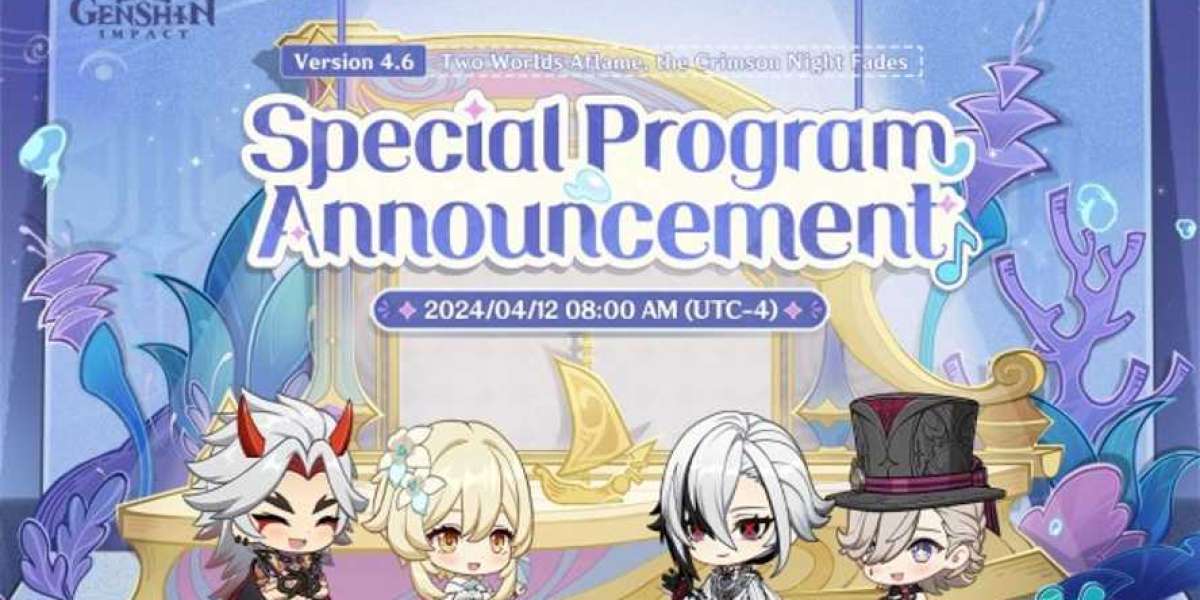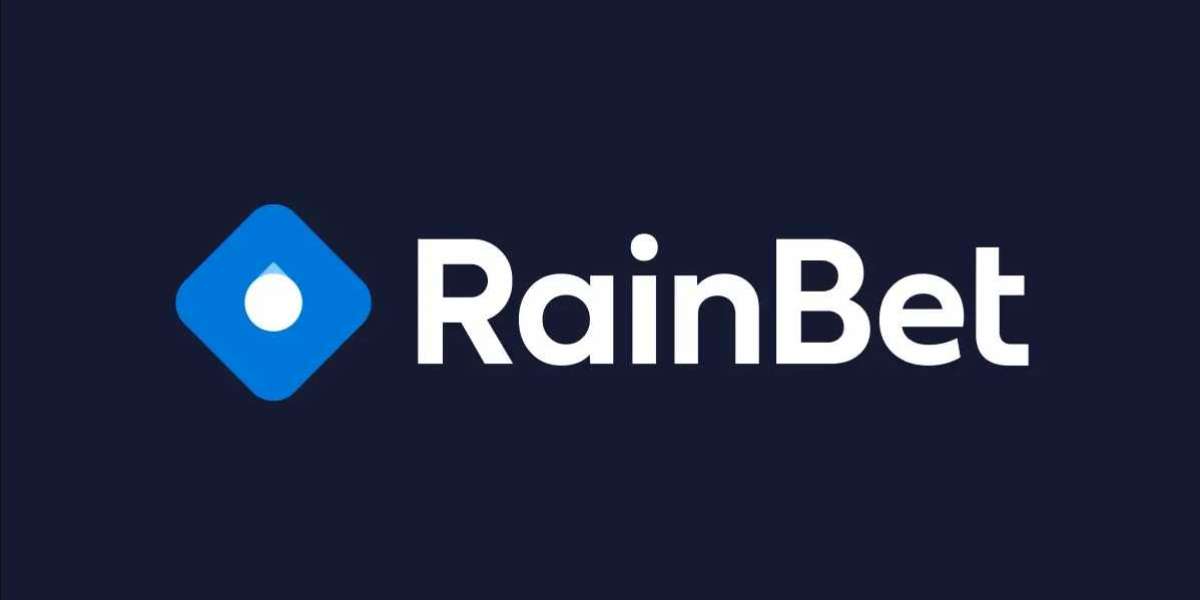The term “Kemono Party” may sound like a fun celebration of anthropomorphic art, but in reality, it refers to a controversial website that has sparked widespread criticism among digital artists and supporters of creative communities. This article explores what Kemono Party is, how it operates, and why it remains at the center of ongoing debates around digital art piracy and creator rights.
What Is Kemono Party?
Kemono Party is a website that mirrors and shares paywalled content from creator-support platforms like:
- Patreon
- Pixiv Fanbox
- Fantia
- Gumroad
- SubscribeStar
The site allows users to access content—such as illustrations, comics, and animations—that creators originally uploaded exclusively for their paying supporters. In essence, Kemono Party is a piracy platform: it republishes exclusive content without permission and makes it freely available.
How Does It Work?
Kemono Party relies on contributions from users who have access to paid content. These contributors upload the content, or in some cases use tokens or credentials to allow the site to automatically scrape material from artist pages.
Once content is uploaded, it becomes accessible to all site visitors, with search features that let users browse by creator, platform, or content type.
The Controversy Behind Kemono Party
Kemono Party is widely condemned by artists and creator communities for several key reasons:
? 1. Violates Copyright and Artist Rights
Most of the content shared on the site is posted without the original creator’s consent. This is a clear violation of copyright laws and platform terms of service.
? 2. Harms Artists Financially
Independent artists rely on income from subscriptions and commissions. When their exclusive content is leaked, it discourages fans from supporting them directly—leading to lost income and motivation.
? 3. Erodes Trust
Supporters pay for early access, exclusivity, or bonus content. When that material is shared freely elsewhere, it undermines the value of paid memberships and damages trust between artists and their fans.
? 4. Difficult to Take Down
Kemono Party operates anonymously and often uses offshore hosting. This makes it very difficult for artists to issue DMCA takedown requests or take legal action.
Kemono Party vs. the Kemono Fandom
Despite the name, Kemono Party is not affiliated with the kemono fandom. The term kemono refers to a Japanese art style focused on anthropomorphic animal characters, and it has a passionate and respectful fan base.
The kemono community:
- Respects creator rights
- Buys and commissions original work
- Promotes ethical content sharing
- Hosts fan events and conventions like Kemocon in Japan
Most kemono artists and fans strongly disavow piracy platforms like Kemono Party.
Ethical Ways to Support Artists
If you love kemono art or digital illustrations, there are many ways to support creators without resorting to piracy:
✅ Subscribe to them on Patreon, Fanbox, or Fantia
✅ Commission personalized artwork
✅ Buy zines, prints, or merch
✅ Share their work with permission and proper credit
✅ Promote creators through word-of-mouth or social media
Final Thoughts
Kemono Party might offer free access to content, but it does so at a cost—one paid by artists whose livelihoods depend on their supporters. While the internet makes it easy to find art, we each play a role in ensuring that artists are fairly compensated and respected.
If you value creativity, consider supporting it the right way.
71. Kemono Party: Understanding the Website, Its Purpose, and the Controversy
Kemono Party is a well-known but highly controversial website within the online art and content creator communities. While its name may suggest a lighthearted celebration of animal-themed (or kemono) artwork, it is, in reality, a content aggregation and piracy site. It has gained notoriety for hosting and distributing paywalled content from platforms like Patreon and Fanbox without the permission of the creators.
In this article, we'll explore what Kemono Party is, how it works, and the ethical concerns it raises.
What Is Kemono Party?
Kemono Party is an online platform that provides free access to content originally meant to be exclusive to subscribers on platforms such as:
- Patreon
- Pixiv Fanbox
- Fantia
- Gumroad
- SubscribeStar
The site mirrors creator content, typically uploaded by individuals who have paid for it. These uploads are then made publicly available, bypassing the original paywalls. While it includes content from many creators, it is especially known for hosting work from digital artists and adult content creators.
How It Works
Kemono Party operates as a kind of "archive" or mirror of creator content. Here's how the process usually works:
- A paying user downloads content from a creator they support.
- That user uploads the files or grants automated access to Kemono Party.
- The site publishes the content, indexing it under the creator's name and platform.
- Other users browse or download the content for free—without needing to support the creator directly.
Kemono Party also hosts backups of creator pages, keeping content even if it's deleted or altered on the original platform.
Why It’s Controversial
While some argue that sites like Kemono Party promote free access to art, the vast majority of creators—and the broader art community—oppose the site for ethical and legal reasons.
- Copyright Infringement
Kemono Party shares material without consent, violating copyright laws and the terms of service of platforms like Patreon. It is considered a form of digital piracy.
- Loss of Creator Income
Many independent artists and creators rely on fan support to fund their work. By providing their content for free, Kemono Party undermines these creators’ ability to earn a living.
- Erosion of Trust
Supporters who pay for exclusive content often do so because they want to support the creator and receive special material in return. When that content is leaked or redistributed, it can damage the relationship between the artist and their paying fans.
- Difficult to Take Down
Kemono Party’s anonymous hosting and mirror-based structure make it difficult for creators to issue takedown requests or take legal action. Many creators have expressed frustration at the lack of effective recourse.
Misconceptions: Not Part of the Kemono Fandom
Although it uses the word “kemono,” Kemono Party is not connected to the kemono art community. The kemono fandom—popular in Japan and among anime fans worldwide—celebrates anthropomorphic art and characters in a style distinct from Western furry art.
The kemono fandom:
- Respects artist rights
- Participates in commissions and fan events
- Promotes original work through ethical means
Most members of this community disapprove of Kemono Party, as it goes against the principles of creator support and mutual respect.
Supporting Artists the Right Way
If you enjoy the kinds of artwork or content typically found on Kemono Party, consider supporting creators directly instead:
- Subscribe to their Patreon or Fanbox pages
- Commission artwork
- Purchase official prints or merchandise
- Promote their work (with permission and credit)
- Respect paywalls and exclusive content agreements
Final Thoughts
While Kemono Party remains online and accessible, it is important to understand the ethical issues surrounding its existence. The site may provide convenience, but it comes at a cost—namely, the income and respect that artists and content creators deserve.
Supporting creators directly not only helps them continue their work but also ensures a healthier and more sustainable creative community.







